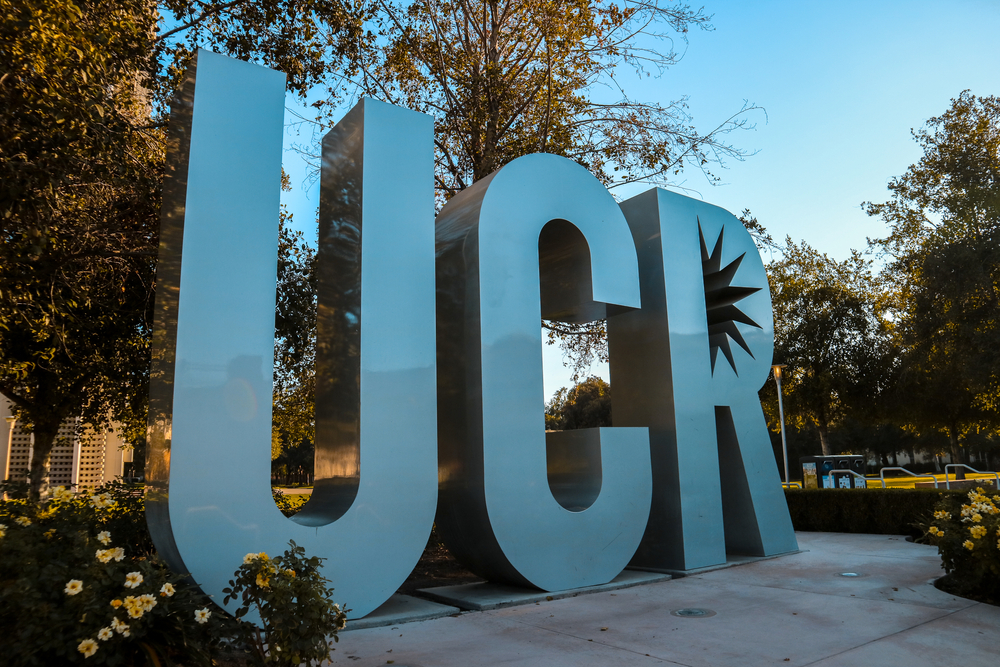
Researchers at the University of California, Riverside (UCR) have developed a new method to chemically break up poly- and per-fluoroalkyl substances (PFAS) – also called Forever Chemicals.
PFAS are used to make fluoropolymer coatings and products that resist heat, oil, stains, grease, and water, and are often disposed improperly. They do not degrade naturally in the environment, and are difficult to break down due to their strong chemical bonds. This leaves them in drinking water and in dairy products and meat from animals who have been exposed to PFAS, posing a serious threat to public health. Studies have shown that exposure to certain levels of these Forever Chemicals can lead to a range of health problems, including increased risk for prostate, kidney, and testicular cancers.
The new technique from UCR breaks up these harmful compounds into smaller, harmless compounds. The researchers took water that had been contaminated with PFAS and infused it with hydrogen. It was then subjected to blasts of high-energy, short-wavelength ultraviolet light. The hydrogen polarizes the water molecules – making them more reactive – while the UV light catalyzes chemical reactions that destroy the pollutants. The technique was found to boost the degradation of PFOA – a form of PFAS – from 10% to 95%, and the defluorination from 17% to 94% compared to other ultraviolet water-treatment methods.
“After the interaction, hydrogen will become water. The advantage of this technology is that it is very sustainable,” said Haizhou Liu, the corresponding author of the paper.
The team has received a $50,000 proof-of-concept grant from UCR’s Office of Technology Partnerships to commercialize the process. It’s hoped that the technique could be added to the water purification process to prevent the build-up of these chemicals in our water supply.
.
